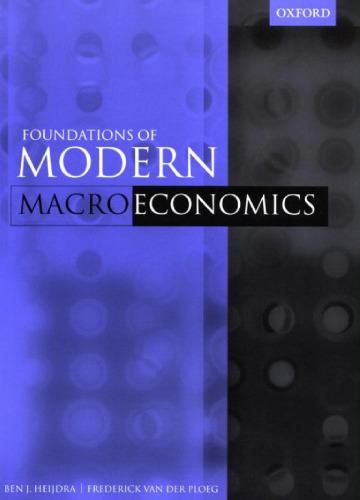The non-cooperative Nash equilibrium is defined as that equilibrium in which each country's spending plan is optimal
Question:
The non-cooperative Nash equilibrium is defined as that equilibrium in which each country's spending plan is optimal given the other country's spending plan. Since the reaction functions designate such conditionally optimal spending plans, the non-cooperative Nash equilibrium is obtained by finding the intersection of RR
(11.57)
(11.58)
Figure 11.1 , under nor and RR*, i.e. by solvir we obtain:
giv =gN— 1 +
I i►liere the subscript ".\
of Figures 11.14 and 11
,pectively. In both countries have the sarr r :uinal wage rigidity ita wage rigidity (4- =
is at point N, where th,
\\ :tat would a coor,.
maker in one country
:1 spending has on t is to assume that bozi
'..-rnational agency IA by choosing spenu....
It is easy to show 7 Nose that g = go in: -
value of g`, it is or -Al thia the only stable Maui 292 and RR*, i.e. by solving (11.58)-(11.59) for g and g*. For the special case of 4- = r, we obtain:
gN = = 1 +Y4- 0 , for = r,
(11.60)
reduced form expressir assumed that the domestic
Step by Step Answer:

Foundations Of Modern Macroeconomics
ISBN: 9781264857937
1st Edition
Authors: Ben J. Heijdra, Frederick Van Der Ploeg






